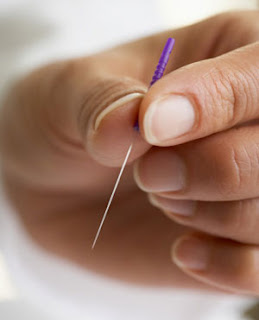Types of Cupping
Types of Cupping - cupping therapy
There are two main types of cupping:
Dry cupping – skin immediately below the cup is sucked up by a vacuum created inside the cup
Wet cupping – in which the skin immediately below the cup is cross cut superficially several times –
lightly lacerated – so that blood would actually be drawn out by the vacuum from the skin into the cup.
For both forms of cupping, the patient should be advised to increase their water intake.
Dry cupping is always used before wet cupping is considered.
The use of whichever form of cupping is at the discretion of the practitioner.
Clinical Benefits of Cupping
The benefits of cupping continue for several days after the procedure – extended action.
Cupping has been found to:
There are two main types of cupping:
Dry cupping – skin immediately below the cup is sucked up by a vacuum created inside the cup
Wet cupping – in which the skin immediately below the cup is cross cut superficially several times –
lightly lacerated – so that blood would actually be drawn out by the vacuum from the skin into the cup.
For both forms of cupping, the patient should be advised to increase their water intake.
Dry cupping is always used before wet cupping is considered.
The use of whichever form of cupping is at the discretion of the practitioner.
Clinical Benefits of Cupping
The benefits of cupping continue for several days after the procedure – extended action.
Cupping has been found to:
- Affect the body up to four inches into the tissues, causing them to release toxins
- Activate the lymphatic system
- Clear colon blockages
- Help activate and clear the veins, arteries and capillaries
- Activate the skin, clear stretch marks and improve varicose veins
In the case of wet cupping (which may or may not follow dry cupping), the following additional benefits follows:
- The release of toxins from the cupping site
- The release of pressure/toxins that may have accumulated – especially in inflammation conditions can provide instant relief
- The elimination of blood volume, however little, allows Physis to restore the humoral balance both qualitatively and quantitatively
Special precautions
Although the cupping procedure is usually trouble and consequence free, adverse reactions can result
from the patient’s psychological response. For example, the sight of blood and the patient’s
apprehension can precipitate an undesired reaction.
Should any of the following symptoms appear – paleness, nausea, dizziness, actual vomiting, and
perspiration – the procedure should be discontinued and the patient encouraged to have a rest, lie down,
and take a drink of natural or sugared water.
Although there are no firm contraindications to cupping, it should be used with circumspection in
children, seriously ill patients, those with abnormally low blood pressure, and the aged. In these cases
cupping can be done with discretion, and under special and defined circumstances.
- Dry cupping is not recommended for children below the age of 3 years.
- Wet cupping should be avoided in children below the age of 6 years.
- Precautions should be observed for menstruating women.
- It is not advisable to apply cupping to the patient with skin ulcers, oedema, or on an areas
overlying large blood vessels or even varicose veins
- In addition, patients with high fever or who suffer from convulsions should not be
cupped.
- Cupping should not be applied to the abdominal and sacral regions of the pregnant women.
- Wet cupping should never be applied to the female breast, unless absolutely necessary.
- Cupping on the neck or on the occipital bone is not advised. This can cause problems with
eyesight and memory.
- Cupping on the forehead is likewise not advocated, as this can lead to emotional instability.
- Care should be taken with wet cupping of anaemic patients, or those susceptible to spontaneous
bleeding.
- Cupping should not be done on patients who are visibly fatigued (physically or mentally), very
hungry/thirsty, distraught, or who have overindulged in alcohol.


Comments
Post a Comment